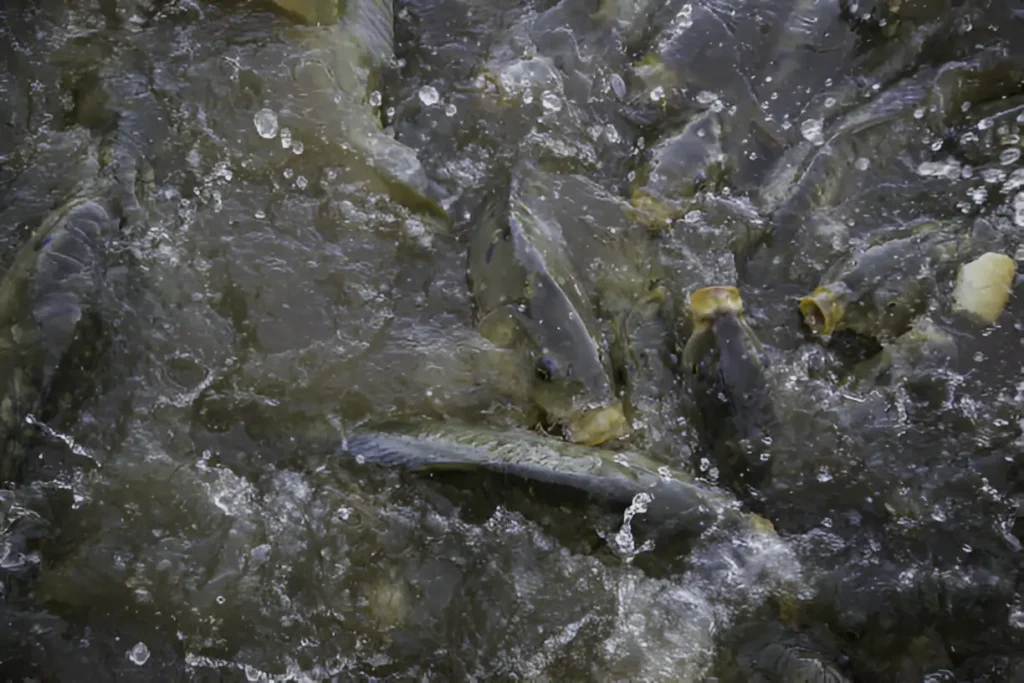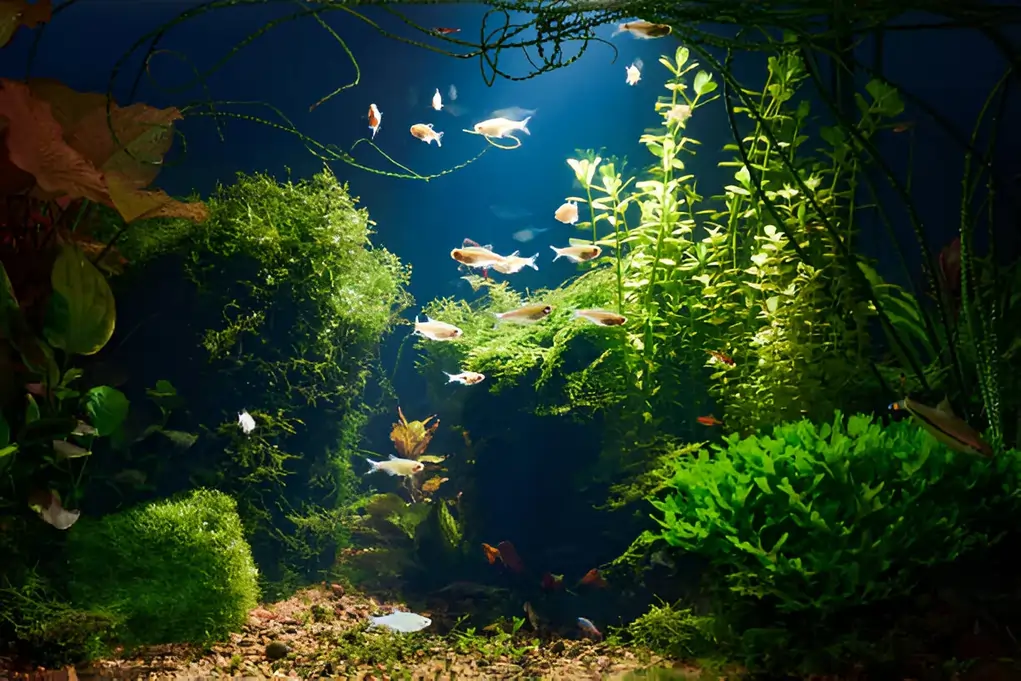Maintaining a pond in cold weather areas may be a pleasing work, especially when stocked with fish species that provide color, brightness, and life to the surroundings. However, not all fish are adapted to the severe and unpredictable conditions that winter can bring. In colder locations, pond owners must typically choose species that are not only attractive to the eye but also hardy and low-maintenance. With the correct plants, a cold weather pond may survive year-round, requiring little maintenance while offering a beautiful, biodiverse environment. Here’s a list of the best fish for a cold season pond in terms of beauty and ease of upkeep.
Types of Fish to Stock in Cold Weather Pond
Stocking fish in a cold-tolerant pond can transform your landscape into a healthy aquatic environment. When choosing the ideal fish, it is critical to consider cold resistance, compatibility with other species, and visual attractiveness. Cold-hardy fish have distinct advantages: they are better adapted to cooler waters, require less intensive feeding, and require little maintenance once the pond’s ecosystem is established. Some species bring color and lively behavior, while others control algae naturally or contribute to the food chain, ensuring balance.
In a cold-weather pond, the appropriate fish species will survive freezing conditions by relocating to deeper water or even going dormant. This natural adaptability is essential for species such as koi, goldfish, and bluegill, which can stay healthy with little care. With a mix of ornamental and useful fish, your pond will support a self-sustaining ecosystem, remaining clear and beautiful without the need for constant intervention.
Bullhead Catfish in Cold Weather Ponds
Bullhead catfish are hardy and adaptable, making them ideal for cold season ponds. This fish with their characteristic whiskers and mottled coloring, give a pleasing feature to any pond while requiring little upkeep. These fish are well-known for their capacity to survive in a variety of situations, including low-oxygen environments like frozen-over ponds. During the winter, bullheads naturally limit their activity level to conserve energy until the temperature rises.
Bullhead catfish are also extremely useful to ecosystem health. They forage for food around the pond’s bottom, helping to maintain the environment clean by consuming leftover food and algae. This action decreases the need for frequent cleaning while also helping to prevent water quality issues. Pond owners value these fish not only for their low maintenance requirements, but also for their potential to improve the pond’s overall health and stability. Despite their frightening look, bullheads are friendly fish that can live together with other cold-tolerant species, making them a flexible addition to any pond.
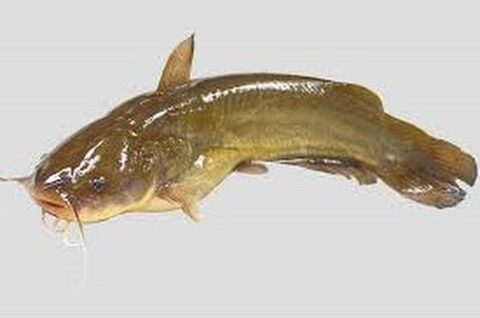
Mudcat Catfish for Cold Water Ponds
Mudcat catfish, another hardy member of the catfish family, thrive in colder waters and are known for being extremely low-maintenance. These fish are ideal for cold weather ponds due to their versatility and endurance to a wide range of water conditions, including lower temperatures. Mudcats are bottom-dwellers who frequently hide under rocks or pond structures, adding depth and variation to your pond’s environment.
One of the primary benefits of mudcat catfish is their foraging habit. Mudcats, like bullheads, scavenge on the pond floor, eating detritus, algae, and tiny invertebrates. This natural scavenging helps to maintain the pond’s bottom clean, lowering the amount of material that accumulates during the colder months. Their diet and behavior make them ideal for a pond where the owner wants to reduce upkeep while keeping a clean, healthy environment. Mudcats’ calm nature also allows them to dwell happily with a variety of fish species. This thing increases the richness of your pond.
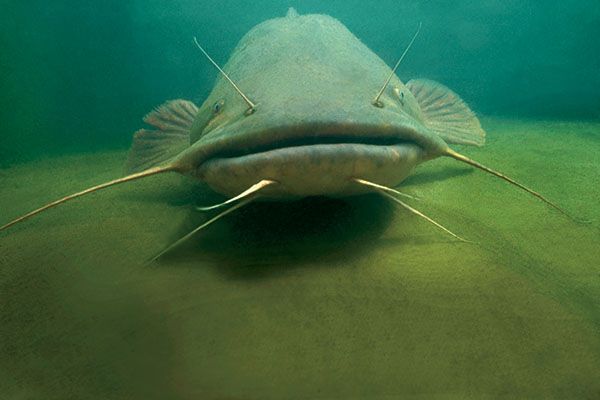
Koi Fish: Vibrant and Hardy Cold Weather Choice
Koi fish are popular in cold weather ponds because of their beautiful colors, grace, and adaptability. It is originated in Japan, are highly adaptable to various settings and may survive the winter, particularly in deep ponds. This fish make an eye-catching addition to any outdoor pond due to their vibrant hues, which range from gold and white to black, orange, and red.
Despite their weak appearance, koi fish have surprising strength. During the winter, they go into a state of torpor, which slows their metabolic rate and allows them to survive in colder water with less food. To guarantee that koi flourish in cold weather, keep the pond at least three feet deep, as this provides them with warmer water layers. Koi are not only visually pleasing, but also recognized for their interactive behavior, frequently responding to humans, making them popular among pond owners.
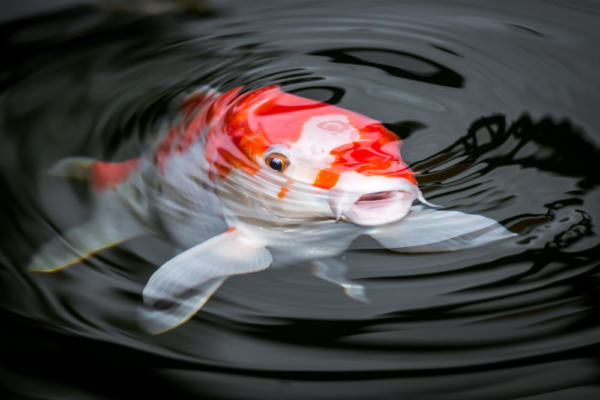
Bluegill: Popular and Low Maintenance
Bluegill are a popular choice for cold weather ponds since they are hardy, easy to care for, and have eye-catching colors. These fish, distinguished by dark blue or purple hues around their gills, are both beautiful and practical. Bluegill generally eat insects, small invertebrates, and plant matter, so they do not need to be fed frequently, and their diet helps to keep the pond clean.
Bluegills are especially beneficial in ponds with other predator fish, such as bass, because they help maintain a balanced environment. Their feeding habits serve to control algal growth and the populations of smaller aquatic species. Bluegill are durable and low-maintenance, making them suitable for both novice and expert pond owners, providing a low-stress approach to bring color and ecological balance to a cold-weather pond.
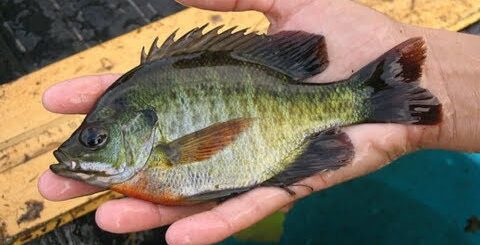
Fathead Minnows: Perfect for Smaller Ponds
Fathead minnows are a good choice for smaller cold season ponds, providing both resistance and additional ecosystem support. These little fish are easy to keep, thrive in cold water, and help the pond’s overall health by eating algae and mosquito larvae. Their small size and schooling activity add visual interest, resulting in a lively but low-maintenance environment.
Fathead minnows, as forage fish, provide as a natural food source for larger predator fish like bass, so maintaining ecological equilibrium. These minnows are very durable and can thrive in less-than-ideal conditions, making them a dependable choice for pond owners seeking a colorful, well-balanced pond with little maintenance requirements. Their presence helps to keep the pond clean and adds to the overall sustainability of your aquatic habitat.
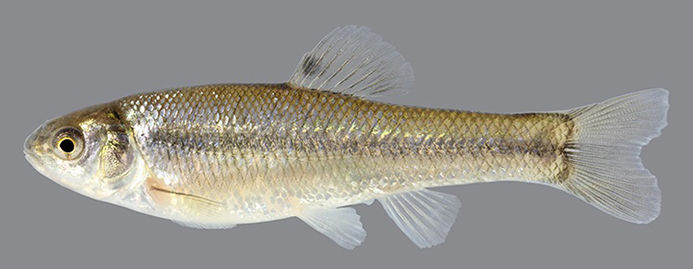
Largemouth Bass: A Hardy Game Fish
Largemouth bass are a popular choice for bigger cold-weather ponds since they are hardy and adaptable for colder climes. In addition to being strong, it provides fishing for fun opportunities for pond owners who enjoy the sport. Being a predator species, this fish help to regulate smaller fish and bug populations, minimizing overcrowding and ensuring a healthy pond ecosystem.
Largemouth bass require some space due to their size, but they do not require much maintenance. Their diet of smaller fish, insects, and amphibians keeps them healthy with minimal assistance. Furthermore, their presence in a pond can discourage pests, making them an appealing and practical choice for pond owners seeking a low-maintenance stocking option.
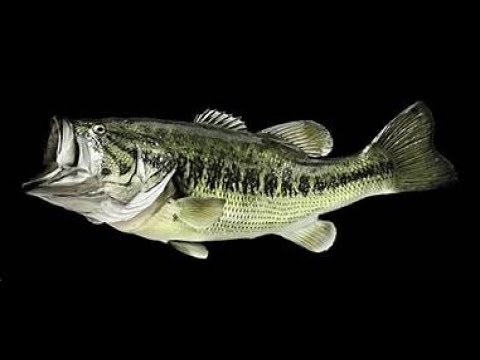
Trout Varieties for Cold Weather Ponds
Trout, particularly rainbow trout, are a wonderful choice for cold-weather ponds. Rainbow trout, known for their vivid colors and energetic movement, are both visually appealing and functional. They thrive in cooler temperatures and demand high oxygen levels, therefore aeration or a consistent water flow is vital in a trout-stocked pond.
Rainbow trout contribute to the pond’s environment by eating smaller fish and insects, which helps to regulate populations and maintain excellent water quality. They are also a satisfying choice for leisure fishing, as they provide a sustainable food source for anglers. Trout may require slightly more upkeep than other species due to their unique needs, but their beauty and utility make them an excellent addition to cold-weather ponds.
Yellow Perch: Hardy and Attractive Fish
Yellow perch are a visually appealing species with golden colors and dark vertical stripes, making them desirable in cold winter ponds. These fish are extremely tolerant to freezing temperatures, making them perfect for northern regions. Yellow perch are easy to care for and known for their placid disposition, making them compatible with a variety of different pond fish.
In addition to their attractive look, yellow perch benefit the pond’s ecosystem by consuming insects and smaller fish, so maintaining a healthy balance. They do not require much attention, making them an excellent choice for pond owners searching for strong, low-maintenance fish that contribute beauty and ecological balance.
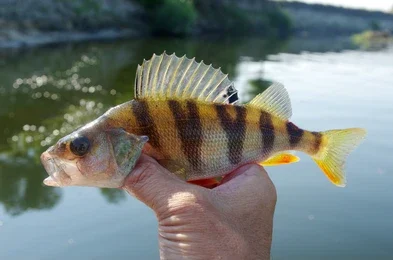
Smallmouth Bass for Small Cold Weather Ponds
Smallmouth bass are ideal for little cold-weather ponds. Unlike largemouth bass, they do not require as much space, making them an attractive choice for small ponds. Smallmouth bass are hardy in cooler areas and have the extra advantage of helping to manage the number of smaller fish and insects.
These bass are effective at maintaining pond ecosystem equilibrium and do not require extensive feeding or other upkeep. Their adaptability to cold and quiet attitude make them suited for coexistence with other cold-weather fish species, resulting in a more diverse pond ecosystem.
Sunfish: Ideal for Small and Medium Ponds
Sunfish provide a beautiful, low-maintenance addition to small and medium-sized ponds. It is known for their bright colors, provide life to any pond. They are flexible and tolerant to colder temperatures, making them ideal for northern climes. Sunfish typically consume insects and small invertebrates, which aids in natural pest management in the pond.
These gentle fish get along well with various species, allowing for diverse stocking without the threat of aggressiveness or territorial behavior. Sunfish are an excellent alternative for adding color and ecological diversity to cold-weather ponds without requiring extensive maintenance.
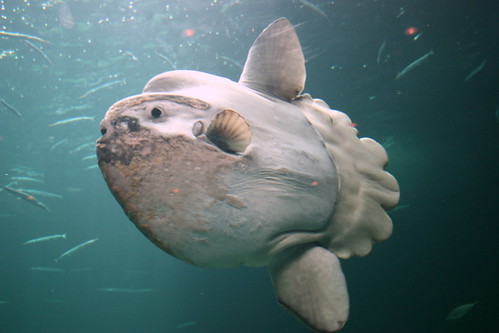
Channel Catfish: Low Maintenance and Tasty
Channel catfish are well-known for their durability, low maintenance requirements, and the suitability for cooler ponds. These fish are noted for their peaceful attitude and ability to thrive in a variety of pond environments, including cooler temperatures. They are bottom-dwellers, so they remain out of the way of more active surface fish, making them an excellent addition to a diverse pond environment.
Channel catfish are well-known for their durability, low maintenance requirements, and the suitability for cooler ponds. These fish are noted for their peaceful attitude and ability to thrive in a variety of pond environments, including cooler temperatures. They are bottom-dwellers, so they remain out of the way of more active surface fish, making them an excellent addition to a diverse pond environment.
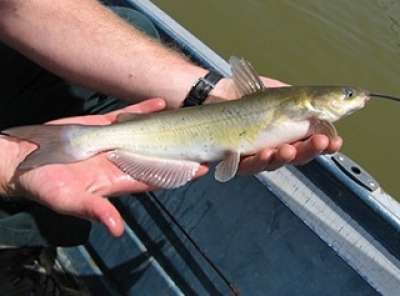
Goldfish: Colorful and Cold-Resistant
Goldfish are a popular choice for ponds because of their bright colors, strength, and low maintenance needs. They are highly adaptive to cooler temperatures and can easily survive winter, as long as they have enough depth to retreat to warmer waters. Goldfish are easy to care for, do not require special diets, and provide color to ponds of all sizes.
In addition to their visual appeal, goldfish are quiet and get along well with other fish, making them ideal for communal ponds. They require little care, eating primarily algae, insects, and tiny plant materials. Goldfish are particularly popular among new pond owners due to their long lifespan and ease of care.
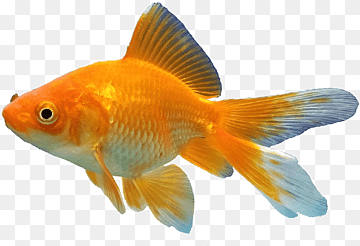
Shiners for Pond Ecosystem Health
Shiners are little, schooling fish that are frequently ignored yet provide numerous benefits to cold-weather ponds. Golden and emerald shiners, with their dazzling scales, bring energy and are perfect for maintaining a balanced ecosystem. Shiners play an important role in keeping the water clean by feeding on algae and insects, which reduces the need for chemical treatments.
Shiners, as forage fish, provide food for larger species such as bass, helping to maintain a natural food chain in the pond. Their modest size and versatility make them low-maintenance and an excellent choice for small ponds. By adding shiners, you can help promote biodiversity while also improving the pond’s visual attractiveness with their fast, schooling motions.
Best Fish to Stock a Pond with to Eat
Cold-weather types like trout, bluegill, and channel catfish provide a consistent and sustainable source of fresh fish for pond owners. These fish are hardy and valuable to the pond’s ecosystem, and they offer opportunities for recreational fishing. Trout, in particular, thrives in cooler regions and is prized for its excellent nutritional content and wonderful flavor.
Stocking your pond with edible fish provides a self-sustaining food source while maintaining ecological equilibrium. With minimum maintenance, these fish can grow to harvestable size, providing an unusual means to include sustainability into pond management.
Choosing Fish for Half-Acre (1/2) Ponds
For half-acre ponds, choosing the proper fish combination is critical to maintaining a balanced, sustainable ecology. A larger pond has more room and depth, allowing for a greater diversity of animals. The ideal way to supply a half-acre pond is to include both predator and forage species to create a balanced food chain. Largemouth bass, bluegill, and channel catfish are excellent fish choices for half-acre ponds.
Starting with forage species such as fathead minnows or shiners provides a basic food source for larger predators, assuring adequate sustenance throughout the year. Introducing predator fish, such as largemouth bass, helps regulate the population of smaller fish, preventing congestion and decreasing competition for resources. By carefully selecting these species, you can have a low-maintenance pond that requires little extra feeding and care.
With the right stocking strategy, your half-acre pond will thrive with minimal intervention, remaining balanced and healthy even in cold weather. This is because half-acre ponds have a variety of habitats, including deep areas for winter survival, shallow zones for spawning, and structures like rocks or submerged logs for hiding.
Ideal Fish for Small and Backyard Ponds
If you have a tiny or backyard pond, choose solid fish that will not outgrow their surroundings. Cold-hardy, tiny fish are ideal for such ponds since they take up less area and produce less waste, lowering care requirements. Goldfish, fathead minnows, and sunfish make ideal candidates for backyard or small ponds because they are hardy and adapt well to cooler temperatures.
In addition to their hardiness, small pond fish such as shiners and fathead minnows help decrease algae and bug larvae, resulting in cleaner water. Goldfish, on the other hand, contribute vibrant hues and are recognized for their calm attitude, making them a visually pleasing and controllable addition to tiny ponds. Sunfish, with their diverse and appealing coloration, add beauty to tiny outdoor ponds while being easy to care for.
Smaller ponds frequently lack the depth required for larger species, so selecting fish that do not require deep water or high amounts of oxygen is advantageous. Minnows and goldfish can thrive in shallow water, making them excellent for smaller environments where maintaining a certain temperature or oxygen level is more difficult. With these cold-hardy and adaptable fish, your backyard pond will be colorful and beautiful without requiring constant maintenance.
Where to Buy Fish for Pond Stocking
Finding the correct provider for your pond fish is critical to ensuring that you have healthy, cold-tolerant species. Local fish hatcheries are often the best option because they specialize in fish that thrive in the local climate. These hatcheries offer advice on species selection, insights into care requirements, and frequently include fish that have already adapted to the area’s changes in seasons.
If you are unable to visit a local hatchery, online vendors can be a convenient alternative. Many respectable online fish providers have a large selection of pond fish, which are often classified by climatic suitability, pond size, and maintenance requirements. Choose an online vendor with great reviews, clear health promises, and safe delivery alternatives for fish. When purchasing fish for cold season ponds, ensure that the seller has taken steps to reduce stress and safeguard fish health during travel.
Another option is to speak with aquatic gardening centers or even local agricultural extension offices, which can identify trustworthy suppliers and species that are best suited to your specific pond habitat. Taking the time to choose a reliable provider can help your pond succeed and ensuring that the fish you stock are healthy and capable of growing in cooler temperatures.
Fish Care in Cold Weather
Cold weather presents special challenges for pond fish, particularly when temperatures drop rapidly or ponds ice over. Proper preparation and winter maintenance are vital for maintaining fish health during the cold months. Aeration is critical because ice formation on the pond’s surface can restrict oxygen exchange, potentially resulting in dangerously low oxygen levels for fish. Installing a pond aerator or a small de-icer will help prevent total freezing and maintain enough oxygen levels.
During the winter, fish undergo a state of semi-hibernation or torpor, which drastically reduces activity and metabolic rate. As a result, their digestive systems slow down, requiring little or no nourishment. Avoid feeding fish in frigid weather because uneaten food may spoil and degrade water quality. For species that may still eat, use low-protein, winter-specific fish diet designed for cold conditions.
Another important aspect of winter maintenance is checking water quality, since toxic buildup from decaying plant debris or organic waste can endanger fish health. In the autumn, it is recommended to clean away fallen leaves or use a net to keep debris out of the pond, thereby maintaining a healthy ecosystem before winter arrives. With such measures, your pond fish will be well-protected, allowing them to live over the winter before returning to active swimming when temperatures rise.
Pond Setup Tips for Cold Weather Fish
Setting up a pond for cold weather fish requires careful consideration of seasonal temperature fluctuations, particularly in areas where freezing is widespread. A deep pond (three feet or more) is preferred because it allows fish to retire to warmer water layers during the winter. Deep ponds also limit the likelihood of a total freeze, which is critical for fish survival. Consider installing a pond heater or aerator to preserve open water regions and promote oxygen movement.
Another good approach for dealing with cold weather is to place the pond in a sunny position. During the day, sunlight naturally heats the pond, which helps to keep the temperature consistent and reduces the production of thick ice. Planting tough, cold-resistant flora around the pond provides insulation and natural cover, making fish feel more safe and lowering temperature shock.
Additionally, constructing hiding areas with submerged rocks, logs, or manmade structures helps fish feel comfortable during the colder months. These structures also serve as a barrier against predators that may approach the pond as water levels fall. By optimizing the pond plan for depth, sunlight, and cover, you create a habitat in which cold-hardy fish can flourish, even under the toughest winter conditions.
Seasonal Pond Maintenance
Maintaining a pond all year is critical for fish health and ecological stability. Each season comes with it certain maintenance tasks to keep the pond safe and healthy. Spring is an excellent time to clear the pond of any winter waste, such as leaves or dead plant matter, which can degrade water quality. Spring is also an excellent time to analyze the water quality and introduce helpful bacteria to jumpstart the pond’s biological filtration.
In the summertime, maintain water levels and ensure appropriate shade and aeration. As temperatures rise, the risk of algae growth increases, which can be reduced by using floating plants or pond coverings to reduce direct sunlight exposure. Regularly evaluating and correcting water quality helps to maintain a stable pond ecosystem.
Fall is an essential time to prepare the pond for winter. Remove any surplus plant material, such as fallen leaves and organic debris, to prevent rotting throughout the winter. Adjust feeding schedules and consider using a de-icer to keep an open place in the ice when temps fall. In the winter, keep maintenance to a minimum, ensuring that oxygen levels are adequate and that the pond does not freeze entirely over.
By following this seasonal maintenance schedule, you can improve your pond’s general health, allowing your fish to survive winter weather with less stress and preparing them to thrive when spring arrives.
Eco-Friendly Fish Feeding for Ponds
Feeding fish in ponds can have a big impact on water quality and ecosystem health. To maintain a balanced environment, prioritize eco-friendly feeding practices that support fish health. While avoiding this the excess nutrients can pollute water. It is best to use high-quality, natural fish food that is appropriate for the season. Summer meals should be high in protein to support active metabolism, while the winter foods should be low in protein.
Avoid overfeeding because food that remains can deteriorate, harming water quality and raising ammonia levels. Fish should only be fed what they can ingest in a few minutes, particularly during the colder months when their metabolism slows. For animals that rely on natural foraging, such as minnows and shiners, providing shelter with aquatic plants can help them food properly.
Monitoring each fish species’ feeding behavior is another aspect of environmentally responsible feeding techniques. Some fish, such as koi, enjoy eating from the surface, whilst bottom dwellers, such as catfish, prefer to browse along the pond floor. By tailoring feeding to each species, you can ensure that all fish get enough nutrients without compromising the pond’s ecosystem.
Conclusion
Choosing the proper fish for a cold weather pond may alter your outdoor space. Adding beauty and energy that lasts throughout the seasons. Hardy species like koi, channel catfish, and bluegill require little maintenance and give color and movement to the water. But functional fish like fathead minnows and shiners contribute to a healthy ecology. By carefully selecting plants that survive in cooler temperatures, you may create a pond habitat that is beautiful, healthy, and low-maintenance, providing enjoyment and relaxation all year.
Frequently Asked Questions
Can koi fish survive in a cold weather pond?
Yes, koi are highly adaptable and can survive in cold weather ponds, provided the pond is deep enough to offer warmer water below the ice layer. Koi enter a dormant state during winter, requiring little to no feeding. Using a pond aerator or de-icer helps them stay healthy by maintaining oxygen levels and preventing a full ice cover.
What is the best fish for a half-acre pond?
A mix of predator and forage fish is ideal for a half-acre pond. Largemouth bass, bluegill, and channel catfish work well together, creating a balanced ecosystem that requires minimal maintenance. Including smaller forage fish like fathead minnows or shiners can also support predator fish health.
How do I keep pond fish alive in winter?
In winter, reduce feeding and install an aerator or de-icer to ensure oxygen levels stay sufficient. Regularly clear away ice if needed to maintain an open area for gas exchange. If your pond is deep enough, fish will naturally move to warmer water layers.
Where can I buy fish to stock my pond?
Local fish hatcheries and reputable online suppliers are excellent sources for cold-weather pond fish. Hatcheries often have fish acclimated to the regional climate, while online suppliers offer variety. Ensure the fish are cold-hardy and suitable for your pond size and setup.
What types of fish are best for small ponds?
For small ponds, consider hardy, low-maintenance species like goldfish, fathead minnows, or sunfish. These fish are well-suited for limited space and are resilient to colder temperatures, making them ideal for compact pond environments.
Are trout a good choice for cold weather ponds?
Yes, trout, particularly rainbow trout, thrive in colder climates and are a popular choice for cold weather ponds. They require high oxygen levels, so aeration is crucial, but they add both beauty and an edible component to a well-maintained pond.
